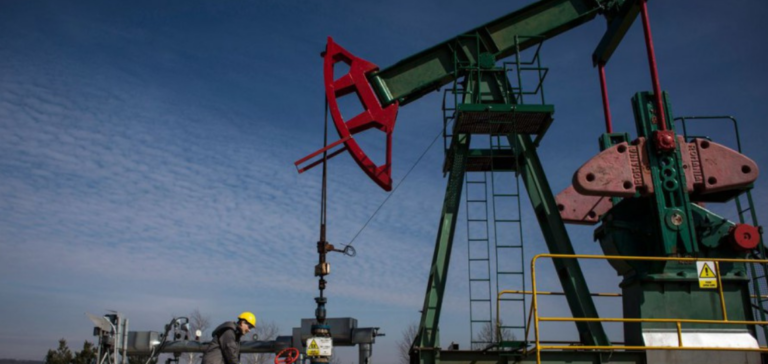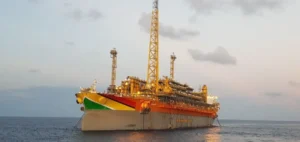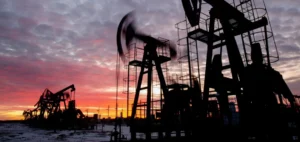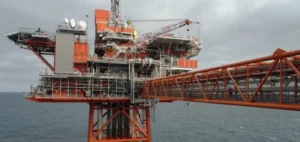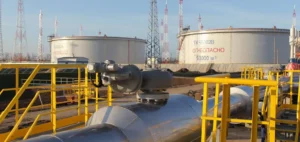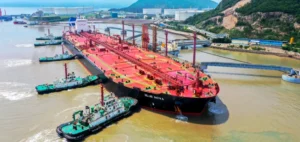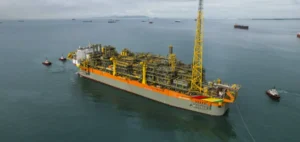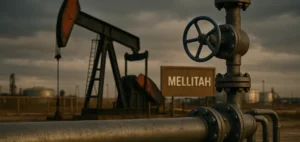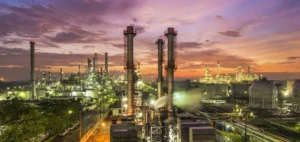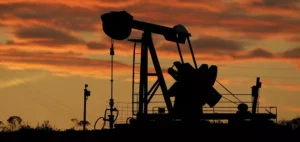The year 2023 marks a turning point for the world oil market, characterized by a significant increase in both demand and supply. According to the International Energy Agency (IEA), global demand for oil Chinese demand, the main driver of this growth, reached an all-time high of over 17 million barrels per day in September, due to the expansion of its petrochemical sector.
China’s contribution to rising demand
This dynamism contrasts with the decline in petrochemical production in the OECD economies of the Asia-Pacific region. Moreover, demand growth will slow down in 2024, with an expected increase of only 930,000 barrels per day. This slowdown is due to a concentration of growth in a small number of non-OECD countries, led by China with an increase of 1.8 million barrels per day.
Oil Supply Outlook
On the supply side, the IEA notes a significant increase. Global production is set to increase by 1.7 million barrels per day in 2023, to 101.8 million barrels per day. This increase is mainly attributable to higher-than-expected production in the United States and Brazil. However, the agency revised its supply growth forecast for 2024 downwards to 1.6 million barrels per day.
Expected slowdown in 2024
The effects of the post-pandemic recovery, which had a major impact on the market in 2023, will begin to fade in 2024. The IEA stresses that sustained macroeconomic challenges will have an increasingly visible impact on demand next year.
Geopolitical and Economic Impact on the Oil Market
For the market in the first quarter of 2024, the IEA forecasts a balance, or even a slight surplus. However, the OPEC+ group is expected to produce 900,000 barrels per day less than the demand for its oil in the fourth quarter of 2023. Despite this backdrop, the market remains vulnerable to increased economic and geopolitical risks, which could lead to further volatility. The IEA also noted that the conflict between Israel and Hamas, which began in October, has had no material impact on oil supply flows.
In Asia-Pacific, the post-pandemic recovery in aviation, particularly in China, is supporting demand for oil in the region’s OECD countries. Nevertheless, third-quarter demand fell by 100,000 barrels per day year-on-year, mainly due to declines in Japan and South Korea, despite a slight increase in Australia. The drop in naphtha consumption in Japan and South Korea highlights the impact of severely oversupplied global polymer markets, according to the IEA.
The year 2023 will see a significant increase in oil demand and supply, driven mainly by China. However, this trend is set to reverse in 2024, with a slowdown in demand growth and growing market uncertainties. Geopolitical and economic implications will continue to influence the market, requiring heightened vigilance in the face of potential volatility.


